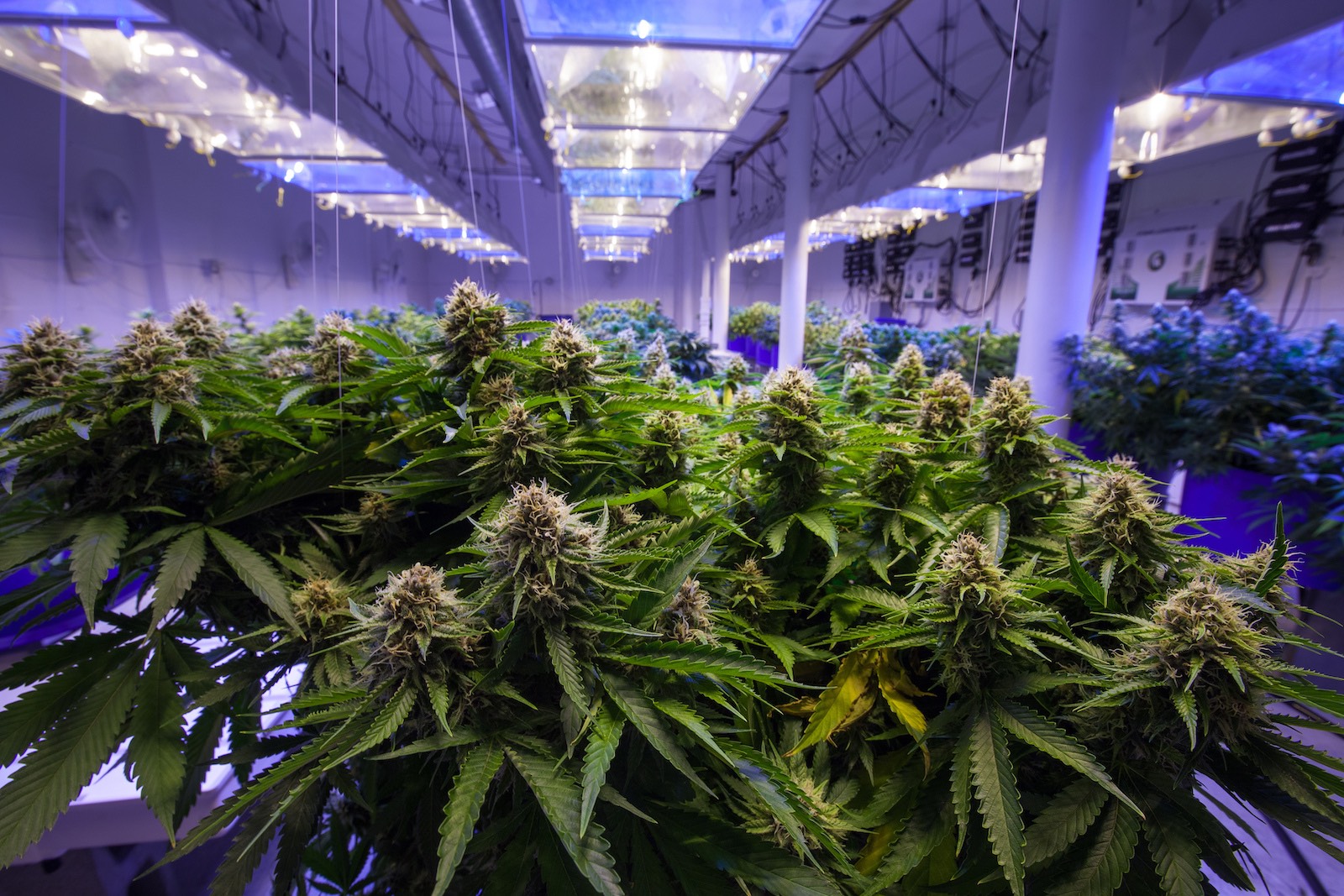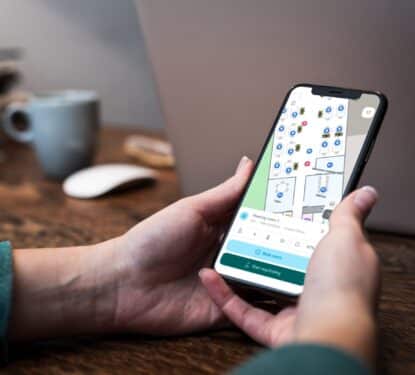The indoor horticultural industry is growing. Fueled by the Internet of Things (IoT), smart greenhouses are evolving to be more productive, more energy-efficient, and more responsive to the plants at the center of their operations. At the forefront of this new era of horticultural smart buildings is the rapidly emerging cannabis industry, where a new strain of innovative entrepreneurs are developing disrutptive new greenhouse systems that could impact the entire smart building sector.
Smart greenhouses face a number of issues that together create a unique challenge for the smart building industry. A complex environmental control and lighting landscape focused on the health and productivity of plant biology rather than human biology may be the most obvious but the most prohibitive is undoubtedly energy. The vast energy demands of growing plants indoors limits scalability, thereby holding back the industry growth, especially in this green and efficient energy era.
“These [horticultural facilities] have power densities that are equal to data centers, that of heavy manufacturing,” points out Damon Bosetti, technical manager of US lighting authority DLC. The energy-intensive lights used in major greenhouses means that even minor increases in size significantly raises the energy consumption of the whole facility, which would be financially challenging and likely face resistance, not least by the “green” cannabis community.
There is hope that a technical solution will emerge to tackle this issue, through smart-tech-enabled efficiency or via renewable energy generation - as discussed in the Plant-Centric Lighting section of our recent Human-Centric Lighting report.
In the northern US state of Michigan, one new cannabis company is constructing a 200,000-square-foot hybrid greenhouse, able to grow 50,000 plants, with the licensing option to increase that to 1.2 million square feet. Michigan Pure Med has secured 30 class-C grow licenses for the project and will utilize technology designed for large-scale data centers.
“It’s a data center with a glass roof,” said Michigan Pure Med CEO, Michael Elias. “It has the same level of environmental control but at a fraction of the cost because we use the sun.”
Sunlight will penetrate the glass building, which enables photosynthesis and warms the space by trapping reflected light. The facility will also utilize Michigan’s notoriously cold winter air to cool the facility when it gets too warm. Specially designed air handling units use outdoor air to cool down the interior air. The outdoor air never actually touches the indoor air, however, by using a transfer wheel cooling process adapted from smart data centers.

Though it may sound technical, it greatly reduces energy costs for the company according to David Yostos, co-founder of Michigan Pure Med and a former data center construction manager for Microsoft. “It’s mission critical for the plant to maintain a certain level of humidity and a certain environment,” Yostos said. “So the engineering is the same, just the reason is different. You’re swapping computers for plants.”
In another, joint project, by Florida-based lighting firm Violet Gro, Massachusetts-based Harvard Innovation Lab-incubated analytics firm Greener, and California-based grow collective Manx Farms, the abilities of smart horticultural facilities are also being revolutionized. Violet Gro will work with Manx and Greener to monitor key performance indicators related to both the energy-efficiency of its grow lights and the quality and quantity of the product produced.
“Through the integration of smart sensors and machine learning algorithms, our insights will help growers to reduce energy consumption and increase product yield, thereby increasing their profitability and, simultaneously, reducing the negative environmental effects that are endemic to today’s current growing techniques,” said Zander Sebenius, co-founder of Greener. “We have a unique opportunity to solve a myriad of critical issues in the indoor agriculture space from energy savings to improved conditions for growing healthy, vibrant plants,” said Terrance Berland, CEO of Violet Gro.
Cannabis is a fresh landscape for smart building innovation driven by a huge and rapidly growing market. By placing a higher focus on unique challenges, such as intricate environmental control in greenhouses and data-enabled plant-based success metrics. The advances in window, lighting, and cooling technologies promise to inspire new and improved systems for horticultural and agricultural facilities, data centers, as well as the wider smart building market.



